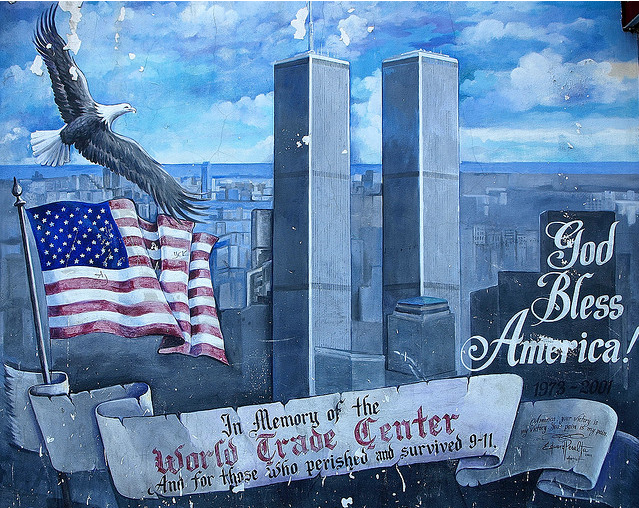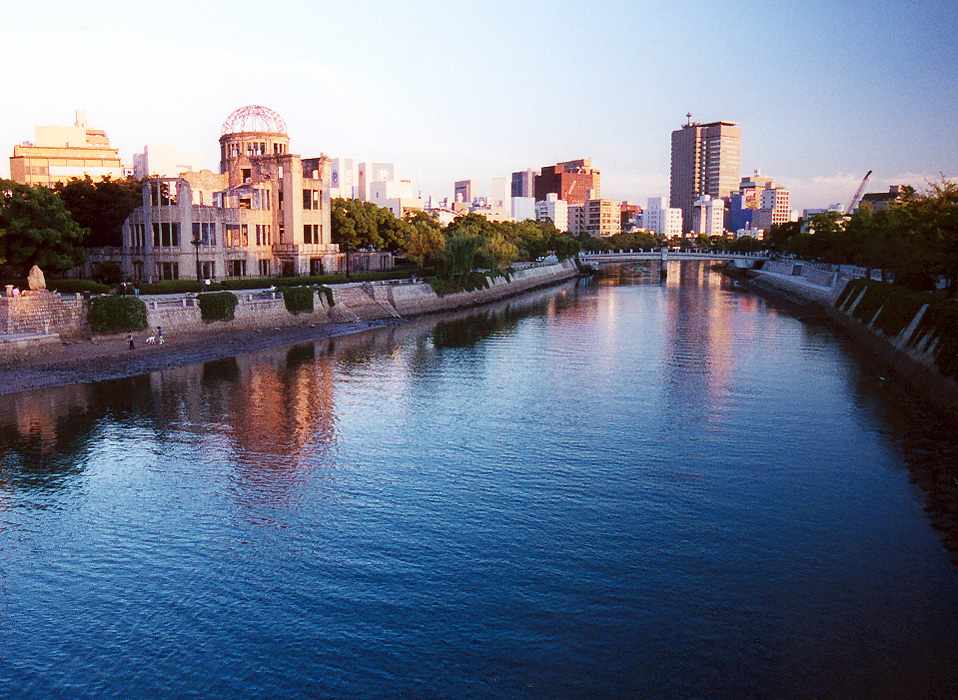
Rest in Peace
World Trade Center Victims
Gordon M. Aamoth, Jr. Edelmiro Abad Maria Rose Abad Andrew Anthony Abate Vincent Abate Laurence Christopher Abel William F. Abrahamson Richard Anthony Aceto Jesus Acevedo Rescand Heinrich Bernhard Ackermann Paul Acquaviva Donald LaRoy Adams Patrick Adams Shannon Lewis Adams Stephen George Adams Ignatius Udo Adanga Christy A. Addamo Terence E. Adderley, Jr. Sophia Buruwad Addo Lee Allan Adler Daniel Thomas Afflitto Emmanuel Akwasi Afuakwah Alok Agarwal Mukul Kumar Agarwala Joseph Agnello David Scott Agnes Brian G. Ahearn Jeremiah Joseph Ahern Joanne Marie Ahladiotis Shabbir Ahmed Terrance Andre Aiken Godwin Ajala Gertrude M. Alagero Andrew Alameno Margaret Ann Alario Gary M. Albero Jon Leslie Albert Peter Alderman Jacquelyn Delaine Aldridge David D. Alger Sarah Ali-Escarcega Ernest Alikakos Edward L. Allegretto Eric Allen Joseph Ryan Allen Richard Dennis Allen Richard Lanard Allen Christopher E. Allingham Janet M. Alonso Arturo Alva-Moreno Anthony Alvarado Antonio Javier Alvarez Victoria Alvarez-Brito Telmo E. Alvear Cesar Amoranto Alviar Tariq Amanullah Angelo Amaranto James M. Amato Joseph Amatuccio Christopher Charles Amoroso Kazuhiro Anai Calixto Anaya, Jr. Joseph Anchundia Kermit Charles Anderson Yvette Constance Anderson John Andreacchio Michael Rourke Andrews Jean Ann Andrucki Siew-Nya Ang Joseph Angelini, Jr. Joseph Angelini, Sr. Laura Angilletta Doreen J. Angrisani Lorraine Antigua Peter Paul Apollo Faustino Apostol, Jr. Frank Thomas Aquilino Patrick Michael Aranyos David Arce Michael George Arczynski Louis Arena Adam P. Arias Michael Armstrong Jack Charles Aron Joshua Aron Richard Avery Aronow Japhet Jesse Aryee Patrick Asante Carl Asaro Michael Asciak Michael Edward Asher Janice Marie Ashley Thomas J. Ashton Manuel O. Asitimbay Gregg Arthur Atlas Gerald T. Atwood James Audiffred Louis Frank Aversano, Jr. Ezra Aviles Sandy Ayala...

German leaders observe a minute of silence during a ceremony at the Bernauer Strasse memorial GALLO/GETTY
Germany is commemorating the 50th anniversary of the construction of the Berlin Wall with solemn ceremonies across the city and the opening of an expanded memorial for those who died trying to cross it. The events began overnight on Saturday at a chapel, with a seven-hour-long reading about the lives of those killed while seeking freedom as they fled East Germany for West Germany. At a sombre ceremony in Berlin, Mayor Klaus Wowereit, Chancellor Angela Merkel and President Christian Wulff paid tribute to the 136 people killed trying to get over the Wall. Wowereit said the Wall, toppled in 1989, should serve as a reminder of freedom and democracy around the world. Church bells peeled while trains and traffic came to a standstill at noon across Berlin for a moment of silence for the victims. "We don't have any tolerance for those who nostalgically distort the history of the Berlin Wall and Germany's division," Wowereit said at the ceremony in front of a small section of the Wall recently rebuilt for posterity....

"Gembaku Domu" - The Atomic Bomb Dome
It will go down as one of the most inspiring survival stories ever to emerge from a horrific war. Tsutomu Yamaguchi was in his twenties when he found himself in Hiroshima on the morning of 6 August 1945, as a single B-29 US bomber droned overhead. The "Little Boy" bomb that it dropped from its payload would kill or injure 160,000 people by the day's end. Among them was the young engineer – who was in town on a business trip for Mitsubishi Heavy Industries – who stepped off a tram as the bomb exploded. Despite being 3km (just under two miles) from Ground Zero, the blast temporarily blinded him, destroyed his left eardrum and inflicted horrific burns over much of the top half of his body. The following morning, he braved another dose of radiation as he ventured into Hiroshima city centre, determined to catch a train home, away from the nightmare. But home for Mr Yamaguchi was Nagasaki, where two days later the "Fat Man" bomb was dropped, killing 70,000 people and creating a city where, in the words of its mayor, "not even the sound of insects could be heard". In a bitter twist of fate, Yamaguchi was again 3km from the centre of the second explosion. In fact, he was in the office explaining to his boss how he had almost been killed days before, when suddenly the same white light filled the room. "I thought the mushroom cloud had followed me from Hiroshima," Mr Yamaguchi said....
 BERLIN — Germany formally discontinued the draft at midnight on Thursday to make way for a smaller, tighter army that will draw people like Johannes Beckert and Steven Stadler, both volunteers signing up for duty at a sprawling, suburban recruitment center that once housed the East German military’s overseas espionage agency.
The two men are part of a military evolution spanning more than half a century, from rearmament in the divided Germany of the 1950s through the cold war, which placed hundreds of thousands of young German soldiers on either side of the Iron Curtain, and on to a reunification that was not just geographic and political but also created a single army bonded by conscription.
They are part, too, of a long-running German quest for antidotes to its Nazi past, ensuring that its military is subservient to the will of a democratic Parliament....
BERLIN — Germany formally discontinued the draft at midnight on Thursday to make way for a smaller, tighter army that will draw people like Johannes Beckert and Steven Stadler, both volunteers signing up for duty at a sprawling, suburban recruitment center that once housed the East German military’s overseas espionage agency.
The two men are part of a military evolution spanning more than half a century, from rearmament in the divided Germany of the 1950s through the cold war, which placed hundreds of thousands of young German soldiers on either side of the Iron Curtain, and on to a reunification that was not just geographic and political but also created a single army bonded by conscription.
They are part, too, of a long-running German quest for antidotes to its Nazi past, ensuring that its military is subservient to the will of a democratic Parliament....
 SHIKA, Japan — Near a nuclear power plant facing the Sea of Japan, a series of exhibitions in a large public relations building here extols the virtues of the energy source with some help from “Alice in Wonderland.”
“It’s terrible, just terrible,” the White Rabbit says in the first exhibit. “We’re running out of energy, Alice.”
A Dodo robot figure, swiveling to address Alice and the visitors to the building, declares that there is an “ace” form of energy called nuclear power. It is clean, safe and renewable if you reprocess uranium and plutonium, the Dodo says.
“Wow, you can even do that!” Alice says of nuclear power. “You could say that it’s optimal for resource-poor Japan!”
Over several decades, Japan’s nuclear establishment has devoted vast resources to persuade the Japanese public of the safety and necessity of nuclear power. Plant operators built lavish, fantasy-filled public relations buildings that became tourist attractions. Bureaucrats spun elaborate advertising campaigns through a multitude of organizations established solely to advertise the safety of nuclear plants. Politicians pushed through the adoption of government-mandated school textbooks with friendly views of nuclear power.
The result was the widespread adoption of the belief — called the “safety myth” — that Japan’s nuclear power plants were absolutely safe. Japan single-mindedly pursued nuclear power even as Western nations distanced themselves from it....
SHIKA, Japan — Near a nuclear power plant facing the Sea of Japan, a series of exhibitions in a large public relations building here extols the virtues of the energy source with some help from “Alice in Wonderland.”
“It’s terrible, just terrible,” the White Rabbit says in the first exhibit. “We’re running out of energy, Alice.”
A Dodo robot figure, swiveling to address Alice and the visitors to the building, declares that there is an “ace” form of energy called nuclear power. It is clean, safe and renewable if you reprocess uranium and plutonium, the Dodo says.
“Wow, you can even do that!” Alice says of nuclear power. “You could say that it’s optimal for resource-poor Japan!”
Over several decades, Japan’s nuclear establishment has devoted vast resources to persuade the Japanese public of the safety and necessity of nuclear power. Plant operators built lavish, fantasy-filled public relations buildings that became tourist attractions. Bureaucrats spun elaborate advertising campaigns through a multitude of organizations established solely to advertise the safety of nuclear plants. Politicians pushed through the adoption of government-mandated school textbooks with friendly views of nuclear power.
The result was the widespread adoption of the belief — called the “safety myth” — that Japan’s nuclear power plants were absolutely safe. Japan single-mindedly pursued nuclear power even as Western nations distanced themselves from it....
 ANKARA, Turkey, 12 May 2011 – Thirty-three child members of Turkey’s provincial child rights committees undertook a train journey of almost 2,000 km in April, as part of a UN joint programme targeting the development of Eastern Anatolia through cultural tourism.
“I expected it to be very tiring and it was,” said Ismail Pelenkoglu, one of the children who made the journey, and a national coordinator for the child rights committees. “But we learned a lot about our culture. We also made a lot of new friends.”
...
ANKARA, Turkey, 12 May 2011 – Thirty-three child members of Turkey’s provincial child rights committees undertook a train journey of almost 2,000 km in April, as part of a UN joint programme targeting the development of Eastern Anatolia through cultural tourism.
“I expected it to be very tiring and it was,” said Ismail Pelenkoglu, one of the children who made the journey, and a national coordinator for the child rights committees. “But we learned a lot about our culture. We also made a lot of new friends.”
...